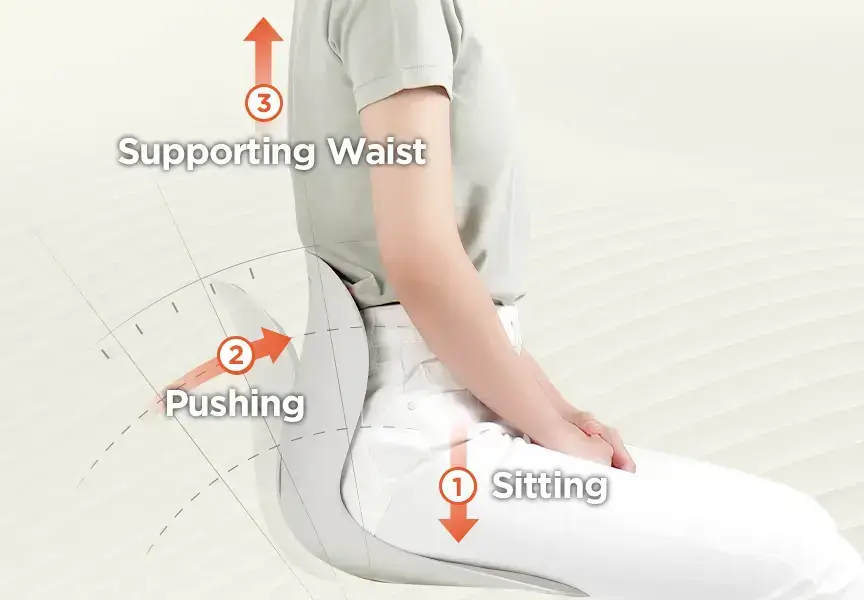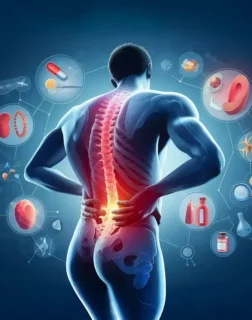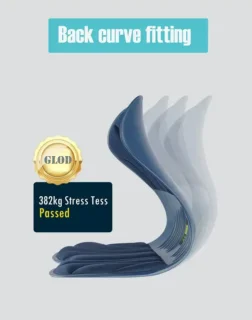15 ways of Home remedies for low back pain
Although 80% of individuals will encounter back pain at some point, there are effective methods to discover relief. Home remedies are one of them for low back pain to provide relief and aid in the recovery process.
As individuals transition into middle age, they become increasingly susceptible to occasional episodes of low back pain. In line with insights from the Harvard Health Publishing Special Health Report titled "Men's Health: Fifty and Forward," it's noteworthy that back pain afflicts roughly 80% of the American population at some juncture during their lifetimes. This condition does not discriminate between genders and impacts both men and women equivalently.
What causes lower back pain?
Low back pain often finds its root in the passage of time. As the years go by, the bones and joints in your lower back undergo transformations. The discs, which act as cushions between these spinal structures, tend to degrade and may even fragment. These structural changes can occasionally be a source of discomfort.
Another less common cause of low back pain is a herniated disc. This occurs when a disc protrudes beyond the space between spinal bones, exerting pressure on a nerve as it branches off from the spinal cord. When the sciatic nerve, which extends into the buttocks and leg, is affected, it gives rise to a condition known as sciatica.
Nevertheless, the majority of low back pain cases result from strain or sprain, often due to factors like excessive use, unaccustomed activities, heavy lifting, or accidents. In most instances, a prudent approach is to wait and monitor the pain to see if it subsides naturally. If the pain persists beyond three to four days, it is advisable to seek medical evaluation.
and you can find more causes of lower back pain from our article: What causes lower back pain? and Effective preventive and treatment measures
How to help with lower back pain with Home remedies?
Based on the cause and intensity of your lower back discomfort, you may want to explore various at-home remedies for lower back pain. These approaches can assist in alleviating pain and promoting your recovery. it's important to remember that they may not replace professional medical advice for underlying conditions. Here are several detailed home remedies for low back pain:
1. Cold and Heat Therapy:
- Cold Compress: Apply an ice pack to the affected area for the first 48 hours. This helps reduce inflammation and numb the area. Use a cloth or towel to protect your skin from direct contact with the ice.
- Heat Compress: After the initial 48 hours, use a heating pad or warm bath to relax tight muscles and improve blood flow to the area. Avoid prolonged heat exposure to prevent burns.
2. Over-the-Counter Pain Relievers:
- Non-prescription pain relievers like ibuprofen (Advil) or acetaminophen (Tylenol) can help manage pain and reduce inflammation. Follow dosing instructions carefully and consult a healthcare provider if you have concerns or existing medical conditions.
3. Exercise and Stretching:
- Gentle low-impact exercises like walking, swimming, or stationary biking can improve blood circulation and help with recovery. Focus on core-strengthening exercises, such as pelvic tilts and bridges.
- Stretching exercises like the cat-cow stretch, child's pose, and knee-to-chest stretches can relieve tension and improve flexibility in the lower back.
4. Good Posture and Ergonomics:
- Maintain proper posture when sitting and standing to reduce strain on your lower back. Use ergonomic chairs and adjust your workspace for optimal lumbar support.
- Avoid sitting for prolonged periods. Take breaks to walk and stretch.

5. Supportive Mattress and Sleep Position:
- Ensure your mattress provides adequate support and comfort. A medium-firm mattress can be beneficial for most people.
- Sleep on your side with a pillow between your knees to maintain spine alignment. Alternatively, use a pillow under your knees when sleeping on your back.
6. Lifestyle Modifications:
- Maintain a healthy weight to reduce the strain on your lower back.
- Quit smoking, as smoking impairs blood flow, including the flow to the spine.
- Stay hydrated and consume a balanced diet to support overall musculoskeletal health.
7. Stress Management:
- Stress can exacerbate low back pain. Practicing relaxation techniques like deep breathing, meditation, or yoga can help reduce muscle tension and stress-related pain.
8. Natural Remedies:
- Natural substances like turmeric and ginger have anti-inflammatory properties and can be included in your diet or taken as supplements. Consult a healthcare provider for recommended dosages.
9. Hydration:
- Drinking an adequate amount of water helps maintain the hydration and flexibility of spinal discs.
10. Topical Analgesics:
- Over-the-counter creams or ointments with ingredients like capsaicin or menthol can be applied to the affected area for localized relief.
11. Massage and Manual Therapy:
- Gentle massages or manual therapies like chiropractic adjustments can provide relief. Always seek the services of a qualified professional.
12. Adequate Rest:
- Ensure you get sufficient rest to allow your body to heal. Poor sleep can exacerbate pain.
13. Avoid Heavy Lifting:
- Refrain from lifting heavy objects, or use proper lifting techniques when necessary.
14. Yoga and Pilates:
- These practices can improve flexibility, strengthen core muscles, and enhance posture. Enroll in classes suitable for your fitness level.
15. Tai Chi:
- Tai Chi combines slow, gentle movements with deep breathing and is known to reduce pain and improve mobility.
What is Tai Chi? Tai Chi often referred to as Tai Chi Chuan or Taijiquan, is a centuries-old Chinese martial art and exercise system that has gained global popularity. It is characterized by slow, flowing movements and a focus on mental and physical balance. Tai Chi incorporates elements of meditation, deep breathing, and a series of graceful postures that promote relaxation, flexibility, and strength. It is not only a martial art but also a holistic practice known for its potential health benefits, such as improving balance, reducing stress, and enhancing overall well-being. Tai Chi can be practiced by people of all ages and fitness levels, making it accessible and valuable for those seeking to improve both their physical and mental health.
In addition, managing stress and practicing relaxation techniques are valuable tools for mitigating the impact of stress-related pain. Incorporating natural remedies and supplements into your diet may contribute to reducing inflammation. Staying hydrated and using topical analgesics can also help maintain back health. It's important to remember that individual responses to these remedies may vary, and consulting with a healthcare professional is essential, particularly if your pain is persistent or severe. They can offer personalized guidance and may recommend physical therapy or other interventions when necessary. Don't let low back pain hinder your quality of life; explore these home remedies to find relief and support your journey to recovery.
 What causes lower back pain? and Effective preventive and treatment measures
What causes lower back pain? and Effective preventive and treatment measures  7 effective ways to improve body posture and prevent chronic back pain
7 effective ways to improve body posture and prevent chronic back pain
Say Something!